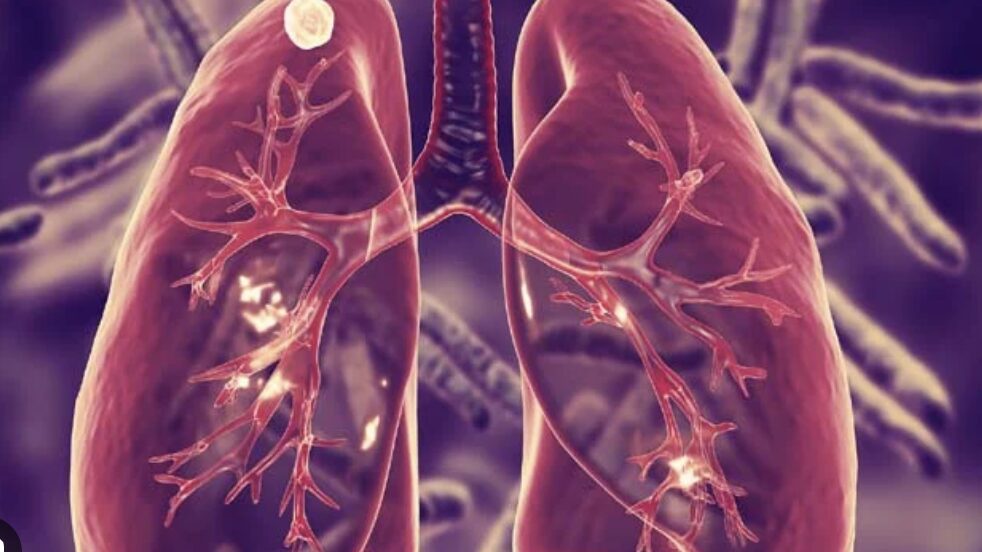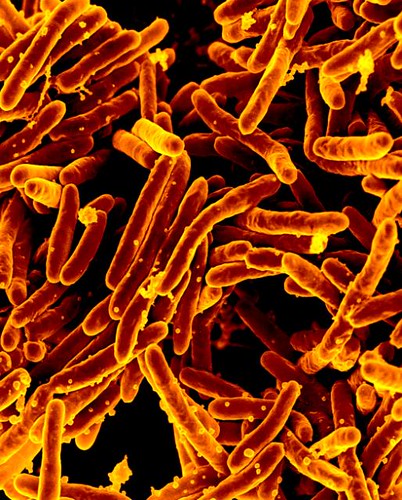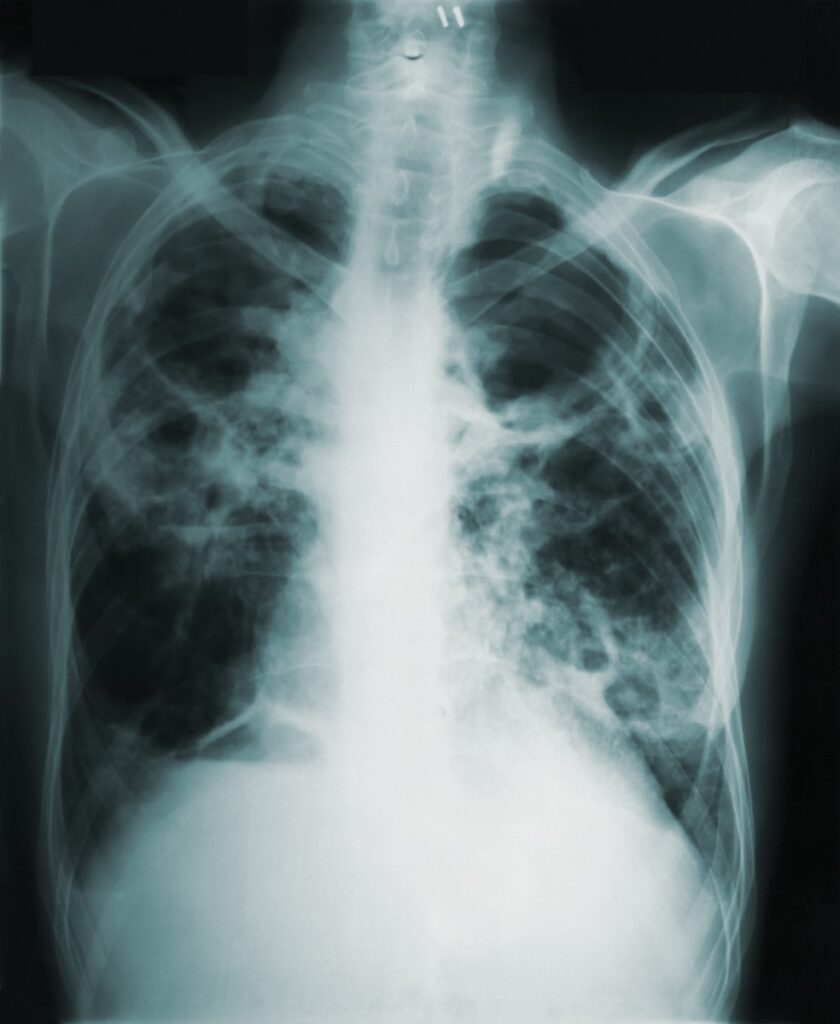Physical Address
304 North Cardinal St.
Dorchester Center, MA 02124
Physical Address
304 North Cardinal St.
Dorchester Center, MA 02124

Health officials in Maine have confirmed 3 People in Maine active tuberculosis cases in the Greater Portland area, raising concerns about the spread of what experts call the world’s deadliest infectious disease. The Maine CDC reports that all three cases were individually contracted and are not connected to each other, indicating separate sources of infection.
Tuberculosis kills approximately 1.3 million people worldwide each year, making it a significant global health threat. The disease spreads through the air when infected people cough, speak, or sing, releasing bacteria that others can breathe in. While Maine has reported 28 tuberculosis cases from the start of the year through July, health officials emphasize there is no current outbreak in the state.
Public health workers are now working to identify and screen anyone who came into close contact with the three infected individuals. The CDC states that the likelihood of transmission remains low, but they are taking precautions to prevent further spread of the bacterial infection that can affect the lungs and other parts of the body.

The Maine CDC has confirmed three unconnected active tuberculosis cases in the Greater Portland area, prompting immediate contact tracing efforts and heightened public health monitoring. Health officials are working to identify and test individuals who may have been exposed to the infected patients.
Three active tuberculosis cases have been confirmed in Maine’s Greater Portland area. Each case appears unrelated to the others, indicating separate infection sources rather than person-to-person transmission between the patients.
The cases represent active tuberculosis, meaning the patients have symptoms and can potentially spread the disease to others. This differs from latent TB, where people carry the bacteria but cannot transmit it.

Maine CDC reports indicate these are among the first active cases reported in the state this year. The timing aligns with a national increase in tuberculosis cases across the United States.
All three patients are located in the Greater Portland area of Maine. Health officials are working to identify people who had close contact with the infected individuals.
The Maine CDC spokesperson Lindsay Hammes confirmed the agency is actively reaching out to potential contacts. This process involves identifying family members, coworkers, and others who spent significant time with the patients.
Contact tracing focuses on people who were in enclosed spaces with the patients for extended periods. TB spreads through airborne droplets when infected people cough, talk, or sneeze.
Testing of contacts will determine if anyone else has been infected. Those who test positive may receive treatment to prevent the disease from becoming active.
Active tuberculosis typically affects the lungs and causes several key symptoms. A persistent cough lasting more than three weeks is often the first warning sign, especially if it produces blood or phlegm.
Other common symptoms include:
The disease develops slowly, so symptoms may appear gradually over weeks or months. People with active TB in their lungs can spread the bacteria to others through coughing or sneezing.

Early detection is crucial for effective treatment and preventing transmission. Anyone experiencing these symptoms, particularly a persistent cough, should seek medical evaluation promptly.
The World Health Organization labels tuberculosis as the world’s deadliest infectious disease. It kills more than one million people annually worldwide.
However, TB is less contagious than diseases like COVID-19 or influenza. Most people need prolonged close contact with an infected person to become infected.
Public health officials emphasize that the risk to the general public remains low. The three cases appear isolated, and contact tracing efforts are underway to prevent further spread.
Maine’s tuberculosis cases reflect a broader national trend of increasing TB cases. Healthcare providers are monitoring the situation closely and conducting additional testing as needed.
TB cases are rising in the United States after decades of decline, while globally the disease remains one of the leading infectious killers. Modern treatments have high success rates, though drug-resistant forms pose ongoing challenges.
The United States experienced a significant shift in tuberculosis patterns following the pandemic. After nearly three decades of steady decline, TB cases began increasing in 2021.
In 2024, the U.S. reported 10,347 TB cases with a rate of 3.0 cases per 100,000 people. This represents an 8% increase in cases from 2023.
Key factors driving the increase include:
Non-U.S.-born persons face disproportionately higher rates. They account for 76% of all TB cases despite representing a smaller portion of the population. Their TB rate reaches 15.5 per 100,000 compared to just 0.8 per 100,000 for U.S.-born individuals.
Globally, tuberculosis remains a major public health threat. The World Health Organization labels it among the world’s deadliest diseases due to its high mortality rate worldwide.
Tuberculosis treatment has advanced significantly, making the disease both preventable and curable in most cases. Standard treatment involves multiple antibiotics taken over several months.
Modern drug regimens achieve high cure rates when patients complete the full course. However, drug-resistant tuberculosis presents greater challenges for healthcare systems.
Only about 2 in 5 people with drug-resistant TB accessed proper treatment in 2023. This gap in treatment access contributes to ongoing transmission and mortality.
Treatment success depends on several factors:
Global TB control efforts have prevented an estimated 79 million deaths since 2000. These programs focus on case finding, treatment monitoring, and infection control measures.
An estimated 13 million Americans have latent TB infection. These individuals face lifelong risk of developing active disease without proper treatment.
The BCG vaccine provides protection against severe forms of tuberculosis, particularly in children. Many countries include BCG vaccination in their routine immunization programs.
The United States does not routinely administer the BCG vaccine to the general population. The country’s relatively low TB rates make targeted prevention strategies more effective.
Primary prevention strategies include:
Public health programs play a crucial role in TB prevention and control. They coordinate testing, treatment, and community education efforts.
Healthcare providers focus on identifying people at higher risk for TB exposure. This includes recent immigrants, healthcare workers, and individuals with compromised immune systems.
Treatment of latent TB infection prevents progression to active disease. This approach reduces both individual health risks and community transmission rates.
Global prevention efforts require approximately $22 billion annually. This funding supports diagnosis, treatment, and care programs needed to meet international TB elimination targets by 2027.
Active tuberculosis requires immediate medical attention and specific treatment protocols. Understanding transmission methods, symptoms, and prevention measures helps protect communities from this infectious disease.
People with active tuberculosis experience persistent coughing that lasts three weeks or longer. The cough often produces blood or thick sputum from the lungs.
Patients develop severe fatigue and unexplained weight loss over several weeks. Night sweats and fever frequently occur during the infection period.
Chest pain and difficulty breathing become common as the disease progresses. Some patients experience loss of appetite and general weakness throughout their body.
Tuberculosis spreads through tiny droplets released when infected people cough, sneeze, or talk. These droplets can remain in the air for several hours in enclosed spaces.
Close contact with infected individuals increases transmission risk significantly. Family members and coworkers face higher exposure rates than casual contacts.
The bacteria cannot spread through touching surfaces, shaking hands, or sharing food. Proper ventilation reduces the concentration of infectious droplets in indoor areas.
Treatment for active TB usually lasts at least 6 to 12 months according to health officials. Patients must take multiple antibiotics daily throughout the entire treatment period.
The most common medications include isoniazid, rifampin, ethambutol, and pyrazinamide. Doctors monitor patients regularly to ensure the treatment works effectively.
Completing the full treatment course prevents drug-resistant tuberculosis from developing. Stopping medication early allows the bacteria to become stronger and harder to treat.
Maine CDC is working to identify contacts of the three infected individuals. Health officials track down people who spent time with the patients.
Contact tracing helps identify others who may have been exposed to tuberculosis. These individuals receive testing and monitoring for several months.
Health departments provide education about tuberculosis symptoms to healthcare workers. Hospitals implement isolation procedures for suspected tuberculosis cases.
Avoiding prolonged contact with people who have active tuberculosis reduces infection risk. Well-ventilated spaces lower the concentration of infectious droplets in the air.
People with weakened immune systems should take extra precautions around potential cases. HIV patients and those taking immunosuppressive drugs face higher infection rates.
Maintaining good overall health helps the immune system fight tuberculosis bacteria. Proper nutrition and adequate sleep strengthen natural defenses against infection.
The BCG vaccine provides limited protection against tuberculosis in adults. This vaccine works better in children than in grown people.
The BCG vaccine is not routinely given in the United States. Countries with high tuberculosis rates use this vaccine more commonly than America.
Current vaccines do not prevent all forms of tuberculosis infection. Scientists continue developing new vaccines that provide better protection rates.